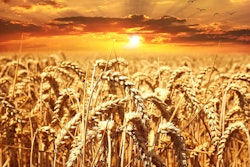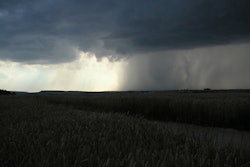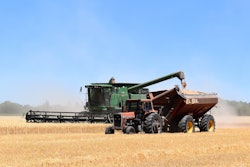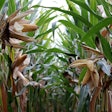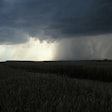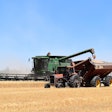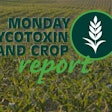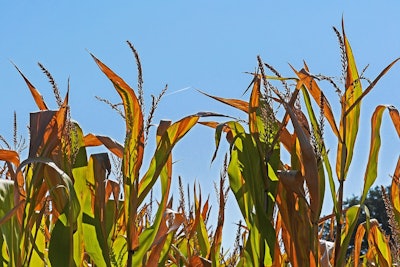
This week's headlines forNeogen'sMonday Mycotoxin & Crop Report for July 31:
- Cold front stalls over Central Plains and Mid-South
- Continued hot and dry conditions in the West
- Drought conditions progressing
Weather and harvest updates
The USDA’s July 25 bulletin reports a large cold front stalling over the Central Plains and Mid-South, resulting in cool and rainy conditions.
Excessive rains upwards of 8 inches fell over Southern Illinois and Western Kentucky, producing widespread flash flooding throughout those regions.
Heavy showers also occurred from New England to the Florida peninsula.
The front held off rain for wide swathes east of the Rockies, while also stalling hot and dry conditions for much of the West.
Areas that missed out on rain this week saw drought conditions progress.
- Wheat harvest continues as crop maturity advances.
- The winter wheat harvest is 68% complete, 11 points behind the five-year average.
- 94% of spring wheat acres are headed, 1 point above the five-year average. 49% are in good to excellent condition, 19 points behind last year.
- Barley is 92% headed, 1 point behind the five-year average. 52% of barley is in good to excellent condition, 3 points behind last year.
- Oat acres are 21% harvested, 2 points above the five-year average.
- Corn development is highly variable within some fields.
- 68% of corn is silking, 3 points above the five-year average. Nationally, 57% of corn is in good to excellent condition, 4 points behind last year.
Here are the states with the highest good to excellent ratings, as well as the states with the highest poor to very poor ratings.
Good to excellent: NC, TN, TX
Poor to very poor: IL, IN, MI, MN, MO, NE, WI






